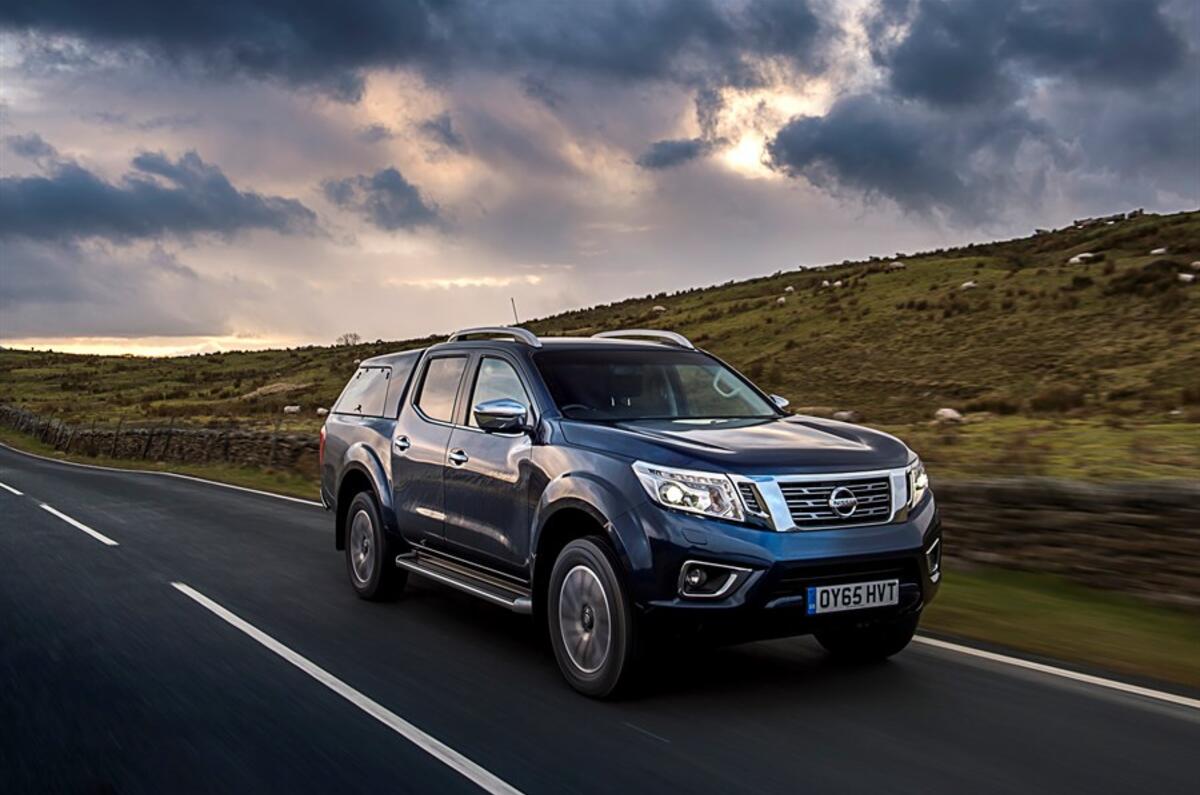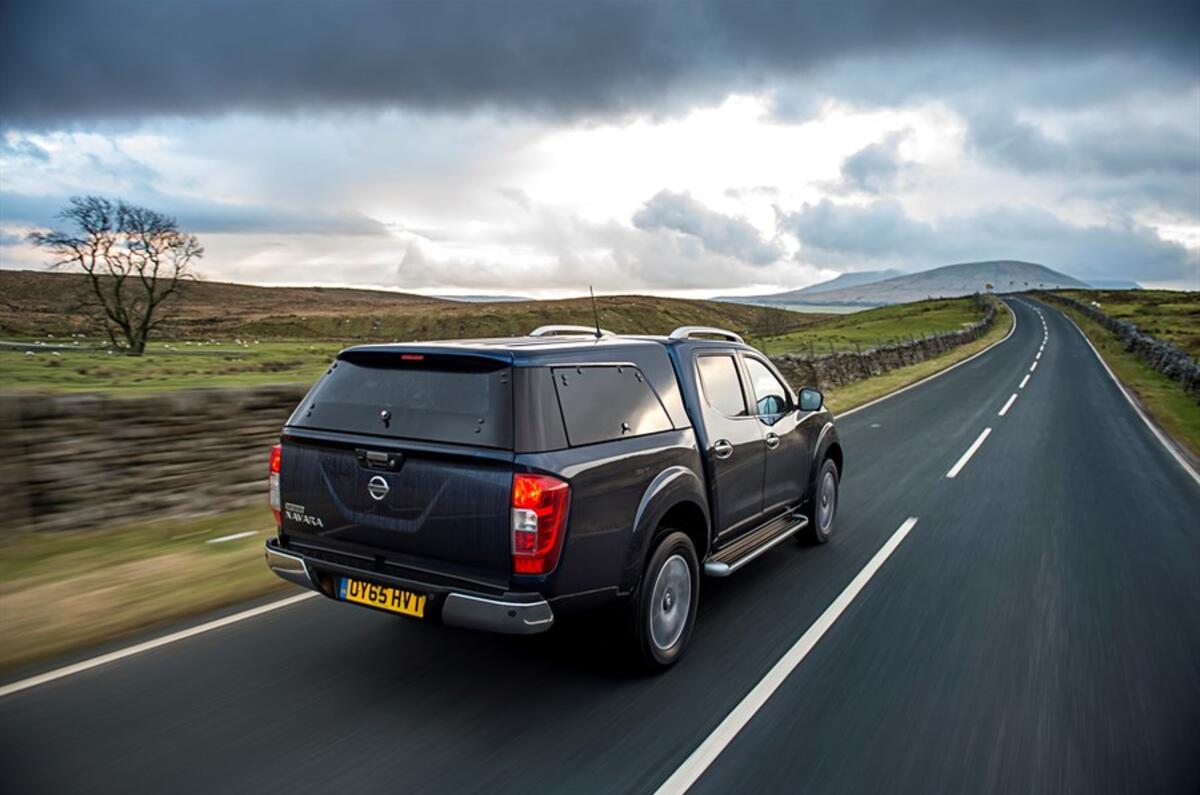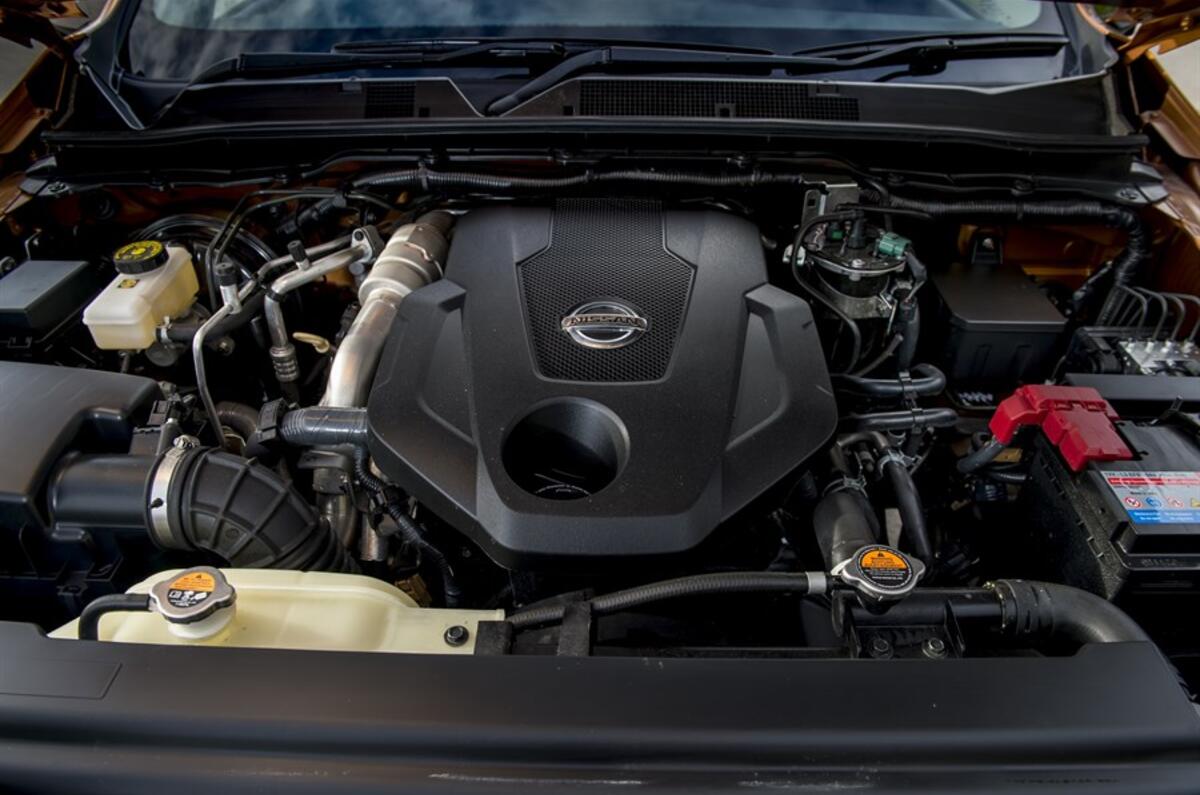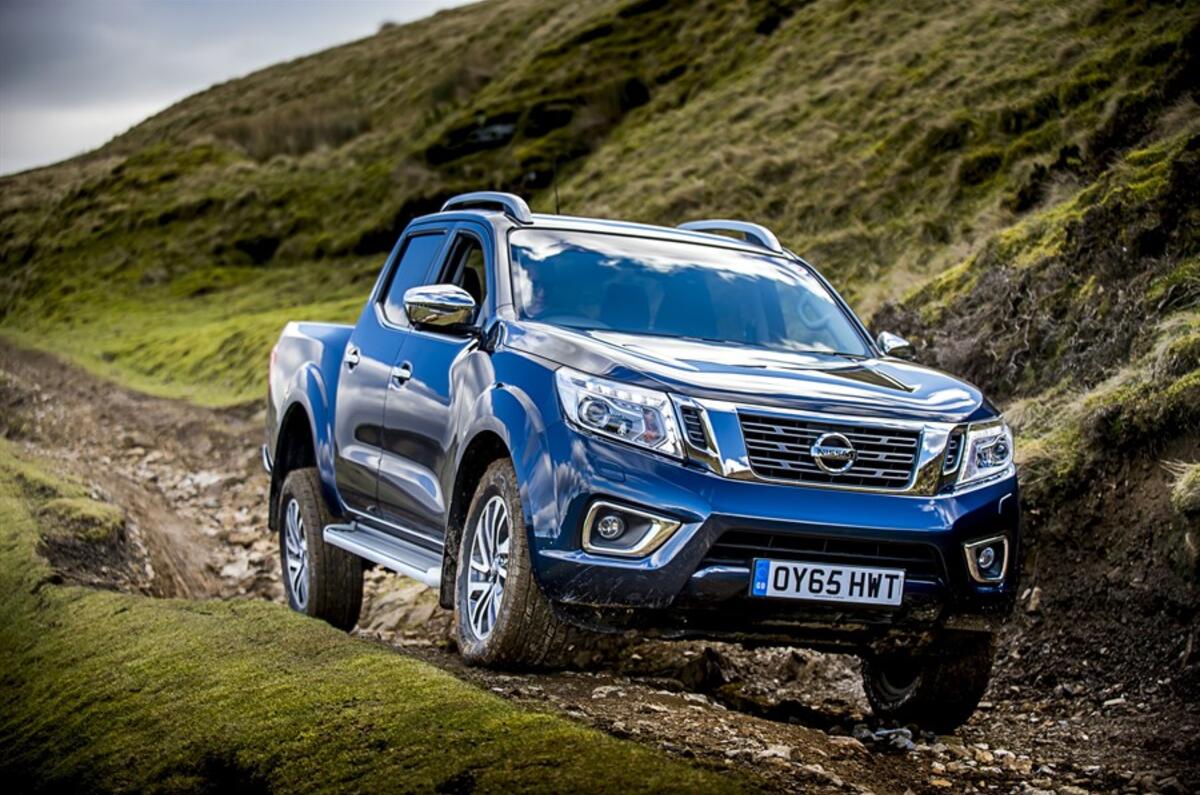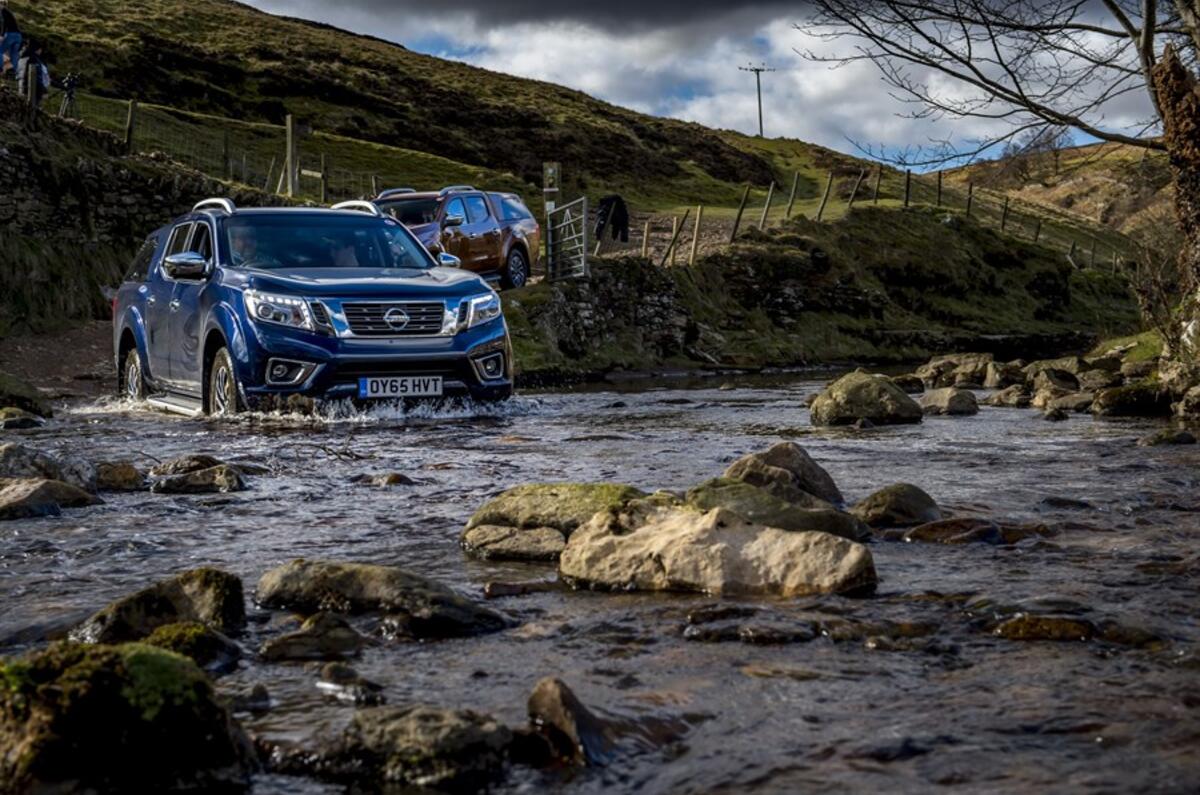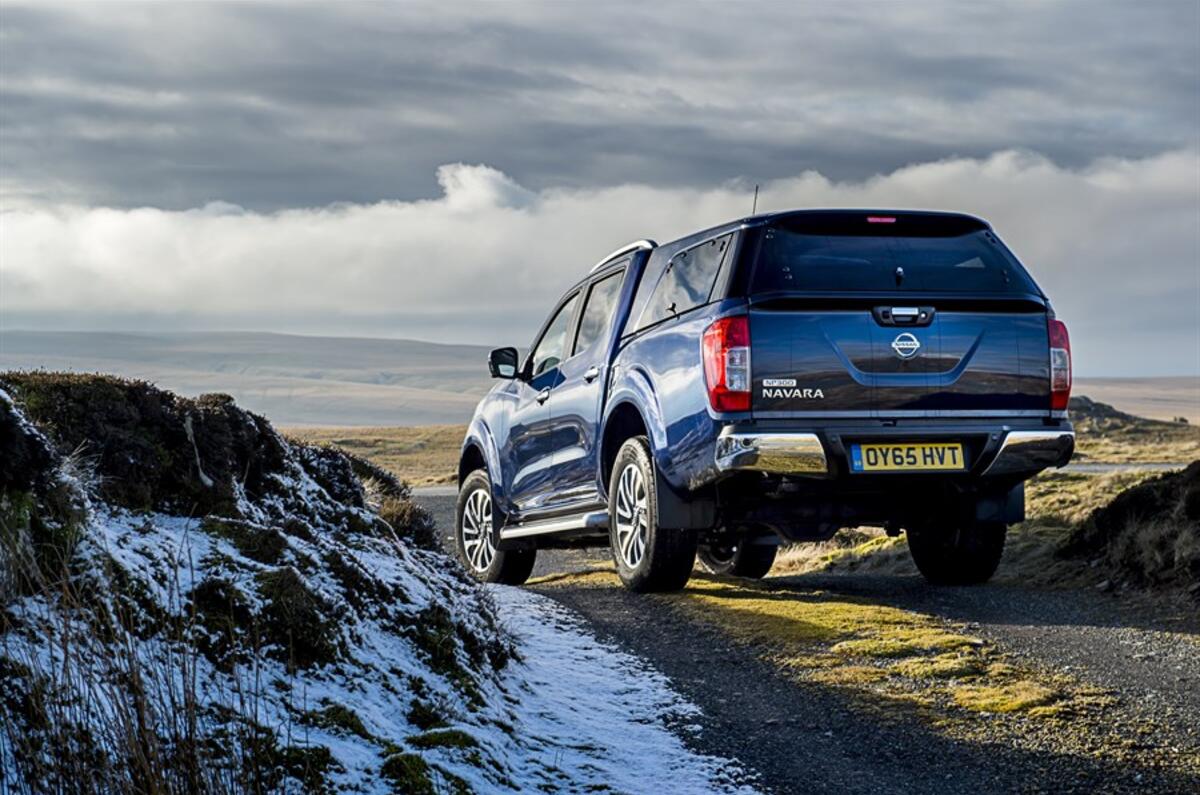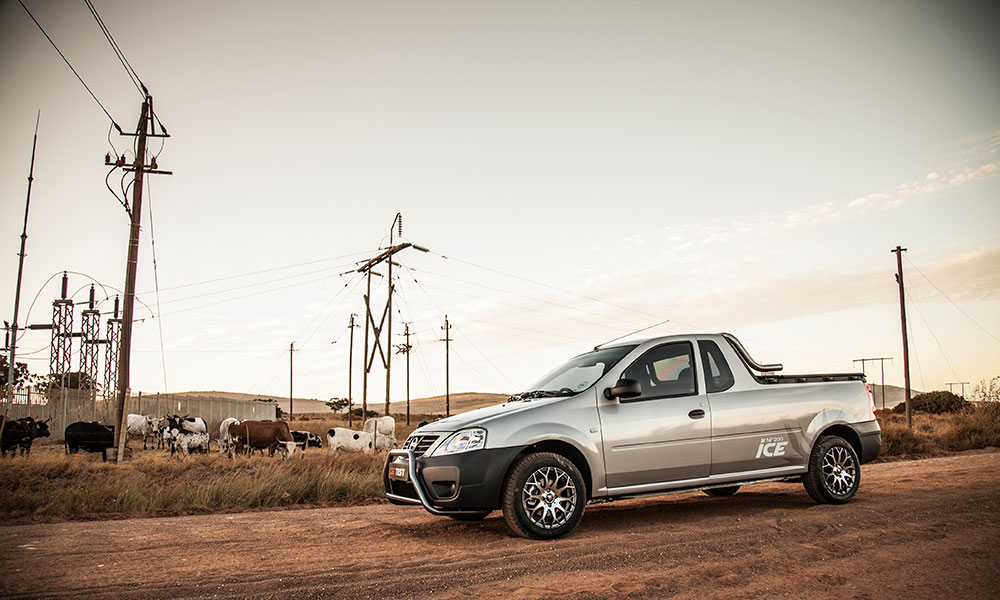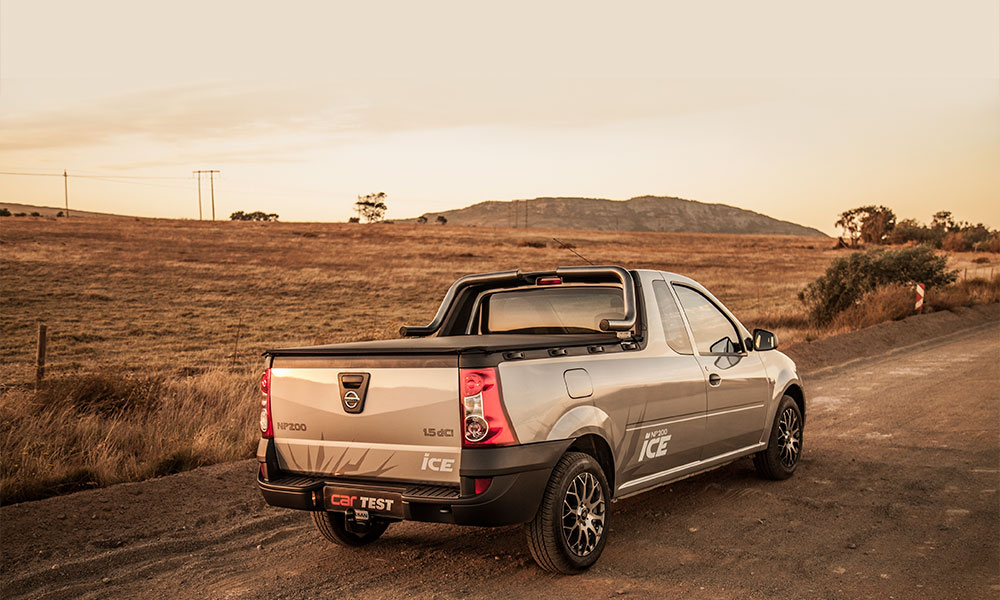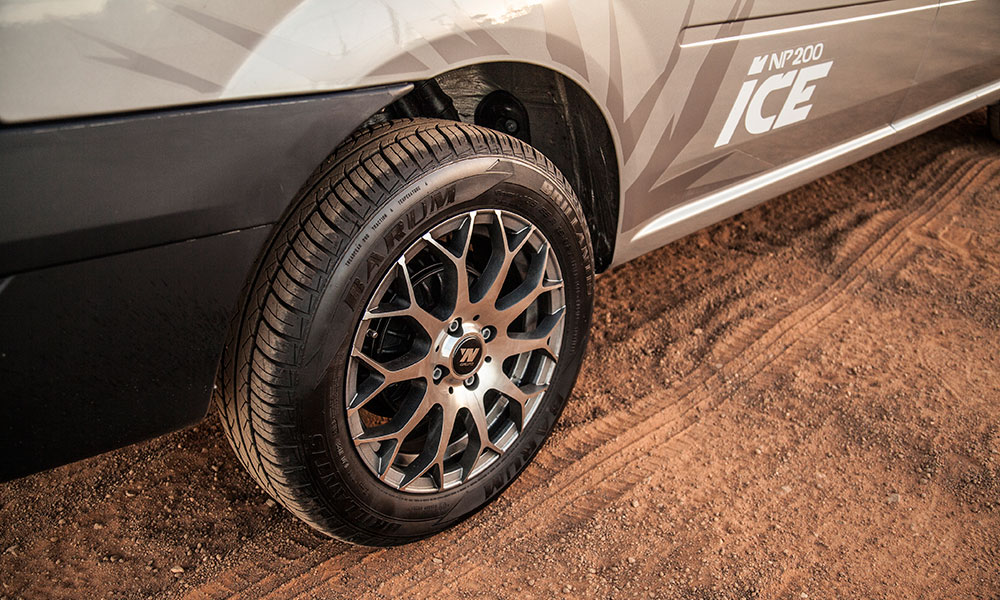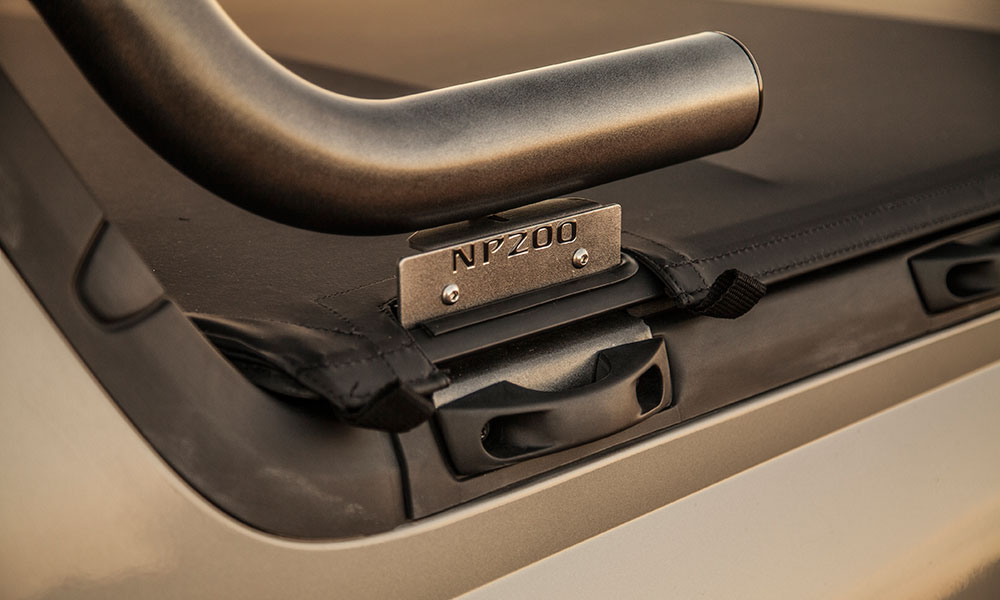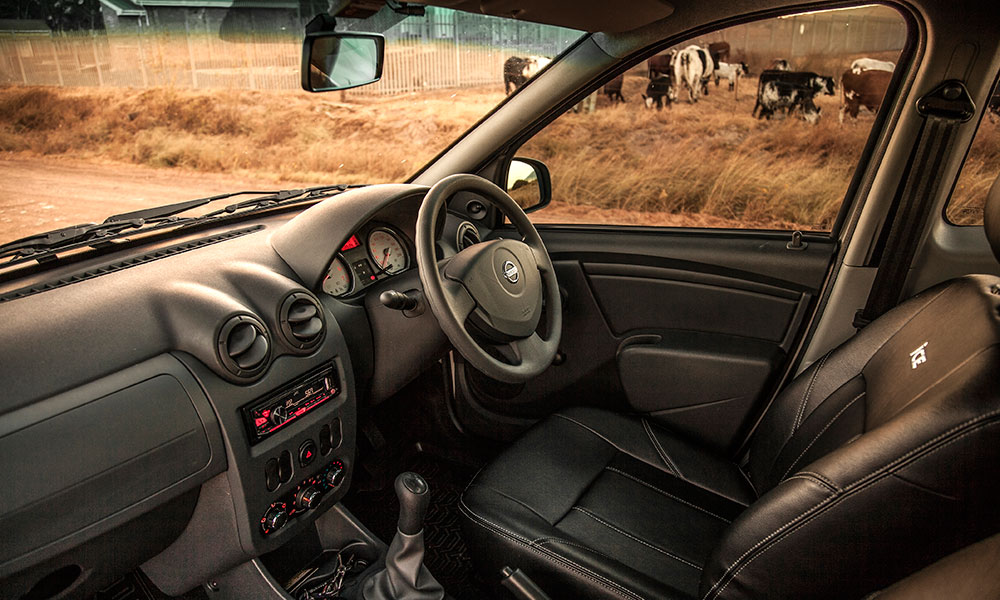The Nissan Micra’s massive transformation is set to impress…
The Nissan Micra, a popular model in South Africa’s hatchback segment, has
undergone a massive transformation and last week we got to meet it in the
metal. With a big leap forward in terms of design, we’re almost certain that the
all-new Micra is going to make a big impression on those looking for a trendy,
eye-catching and dynamic small car.
It goes without saying that it only takes one glance at the new Micra to notice
its more modern and striking exterior design. Of course, this comes with a more
expensive price tag than the old Micra, but if you consider how much bang is
offered for your buck, it’s a strong contender in its class.
Expressive exterior design
The new Micra’s exterior is eye-catching to say the least. Bold character lines
on its sculpted body give it an athletic and dynamic appearance and we love
how this translates and adapts to trendy urban environments.
A sloping roofline, black B and C-pillars that create a floating roof effect, and
discrete door handles in the C-pillar for rear passengers are just some of these
‘on trend’ features.
We also love the new Micra’s attractive rear styling, with striking new
boomerang-shaped light clusters and a sculpted bumper below them. It sits
high on its haunches with a sports-style rear roof spoiler and its carbon-look
bumper that hides the car’s exhaust pipe.
The Visia model comes standard with 15-inch steel wheels while the Acenta
adds 16-inch alloys and the Acenta Plus has 17-inch alloy wheels.
Six new Nissan Micra colours are available to choose from and our favourite
has to be Nissan’s Marketing Launch Colour, Energy Orange, which
complements its vibrant exterior beautifully!
Attention to detail in an ergonomically friendly cabin
Inside, the new Micra boasts comfortable and convenient features, as well as
a number of safety systems as standard, while interior design has been
modernised to match its exterior.
For me, what really stands out is that everything you come into contact with in
the cabin feels rather high-class. It’s also easy to get comfortable with a rake/
reach adjustable steering-wheel as standard, coupled with adjustable seats to
accommodate even the tallest of drivers. Back support in the front seats is a
pleasure while Nissan paid special attention to decrease driver discomfort and
fatigue on long journeys.
Even at the back, things remain rather cosy. I always like to spend time seated
at the back of a car while on launches, not forgetting that many of our readers
are in the market for family cars, or perhaps, a small car with lots of space in the
rear for those clunky child seats. Let me say that I was able to easily catch some
zzz’s in the new Micra’s roomy rear, thanks to its extended width which
contributes to enhanced elbow space, shoulder and knee room.
Speaking of those looking for spacious small cars, those who enjoy weekends
away with the kids will appreciate the new Micra’s competitive boot capacity of
300 litres, which can be expanded to 1004 litres when you fold the back seats
down. There’s loads of additional storage space around the cabin for cups, keys
and phones, and particularly worth noting is its large cubby hole, which I haven’t
come across in a while – I actually managed to store my entire handbag in there!
Connectivity
Back in the front, a 7-inch touchscreen colour display on the Acenta and Acenta
Plus is easy to use. Although the actual screen resolution and quality could do
with a bit of an upgrade (it’s a bit grainy and dull), it provides the driver with
access to features such as music, messages and maps through Apple CarPlay in
addition to the MP3, USB and Bluetooth in the Visia model.
Safety for you and your family
Every new Nissan Micra comes with six airbags as standard, plus seat belt
warnings and seat belt height adjustment for the front and rear. Isofix child seat
anchor points in the rear are also standard as well as in the front passenger seat.
Electronic safety systems include Vehicle Dynamic Control, Anti-locking Braking
System, Electronic Brake force Distribution and Hill Start Assist.
Driving the new Nissan Micra
In and around Cape Town during the launch, we got plenty of driving time with
the new Micra on various terrains in urban and rural environments. We drove
the mid-range Acenta model, but all three models offer the same engine: the
66kW, 140 N.m. turbo-charged petrol engine.
As an all-rounder, the new Micra is pretty impressive to drive, especially in and
around the city. In terms of suspension, it does a good job at dealing with bumps
on the road, and when you’re on the highway the new Micra feels superbly
stable – it’s as though you’re driving a much bigger car. It also benefits from a
remarkably quiet cabin – there’s not much wind noise, which is great when you’re
driving at high speeds in a very windy Cape Town! Limited noise levels in the
cabin is all thanks to Nissan’s enhanced noise isolation technology that has
been engineered into the car. Nissan notes that it’s designed to allow the driver
to hear the engine response, but stay isolated from other noises, such as those
generated by the tyres on the road.
Light brakes, easy steering and a smooth-shifting gear stick are a real pleasure
when maneuvering in the city.
Conclusion
likes of the Ford Fiesta Volkswagen Polo to compete with. We think consumers
will enjoy its trendy design and easy-to-handle driving dynamics.
today.
Article source: https://simplysoldonnissans.weebly.com/blog/car-review-all-new-nissan-micra
